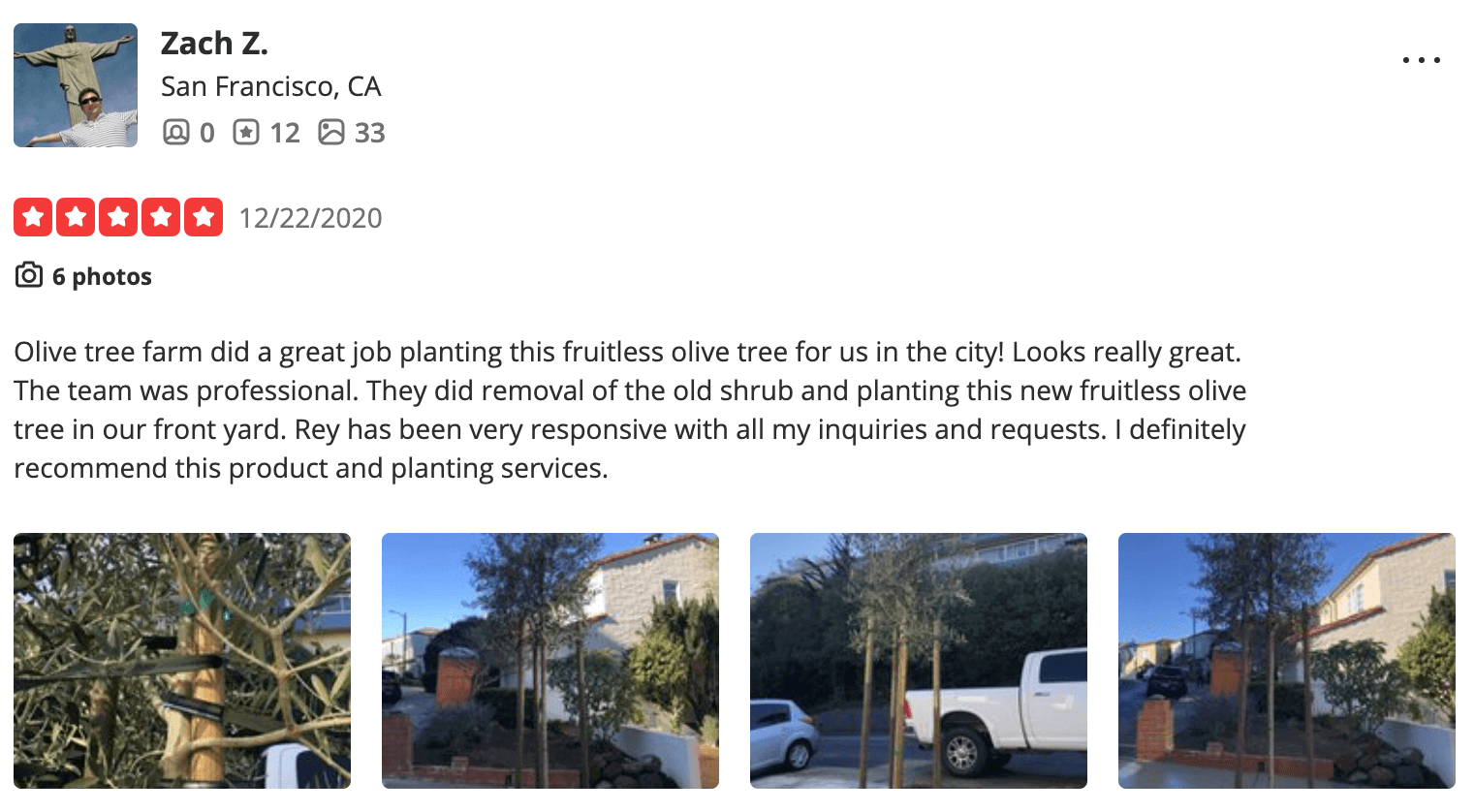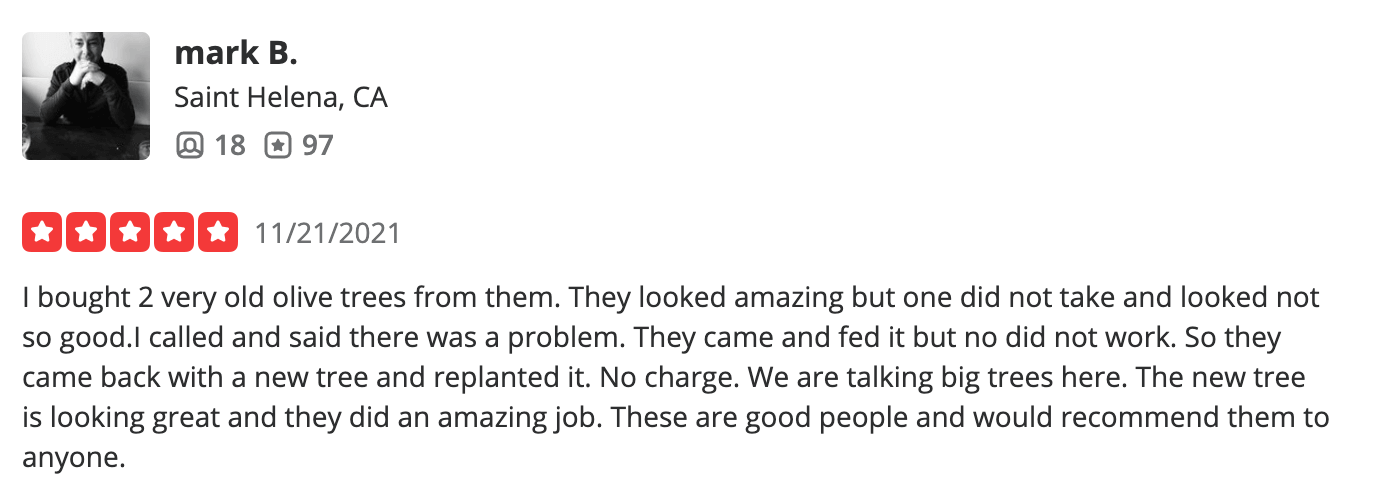Picual Olive Trees
This rustic cultivar is a prolific producer with high and consistent yields and is tolerant of a wide range of climatic conditions (with moderate cold tolerance). Due to its ability to produce new growth, Picual responds well to regenerative pruning techniques. It is a high-yielding oil cultivar with a high oil content (23-28 percent). Furthermore, it matures at a young age (November-December). Finally, if we talk about the USA, the Spanish oil cultivar Picual is the most popular variety.
- Fruiting Specimen
- Bloom (Summer)
- Vigorous Growth
- Color (Green Leathery)
- Olive Oil (Sweet)
- Landscape and Commercial
Care and Maintenance
Picual olive trees are exceedingly versatile and thrive in ordinary well-drained, slightly alkaline soils. The yield increases significantly when planted next to another olive variety, such as Uovo di Piccione, Manzanilla, or Gordal Sevillana. However, it is common for the crops to take 5-6 years to mature. Just water deeply and frequently during the first few growing seasons to help the plant build a strong root system. Once established, reduce the frequency of watering; it is drought tolerant. However, protect young or freshly transplanted plants from winter weather extremes.
| Quick Facts | |
| Origin | Spain |
| Scientific Name | Olea Europaea ‘Picual’ |
| Family | Oleaceae |
| Tree Type | Fruiting Specimen |
| Common Names | The Olive Tree, Olea Europaea, Picual |
| Height | (Insert) |
| Toxicity | Non Toxic |
| Light | Full Sun |
| Watering | Drought-Tolerant |
| Soil | Well-Drained-Nutrient Poor Soil |
| Hardiness | Hardy Down 15 °F |
| Foliage | Leathery Green |
| Growth | Vigorous |
| Olive Oil | Sweet |
Don’t Take Our Word, Hear What Our Customers Say!



Interested? We’d love to hear from you!
Call us at 707-732-6152 for a free consultation!
Looking for something else? We might have it for you...
Arbequina Olive Trees
Arbosana Olive Trees
Ascolana Tenera Olive Trees
Cerignola Olive Trees
Coratina Olive Trees
Itrana Olive Trees Kalamata Olive Trees
Koroneiki Olive Trees
Leccino Olive Trees
Little Ollie Dwarf Olive Trees
Majestic Beauty Olive Trees
Manzanillo Olive Tree
Maurino Olive Tree Mission Olive Tree
Pendolino Olive Trees
Picholine Du Gard Olive Trees
Picual Olive Trees
Sevillano Olive Trees
Swan Hill Olive Trees
Wilsonii Olive Trees
Zitoun Olive Trees